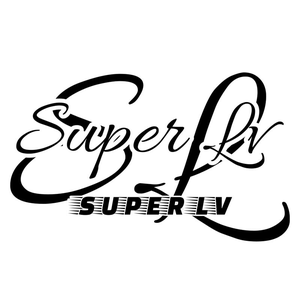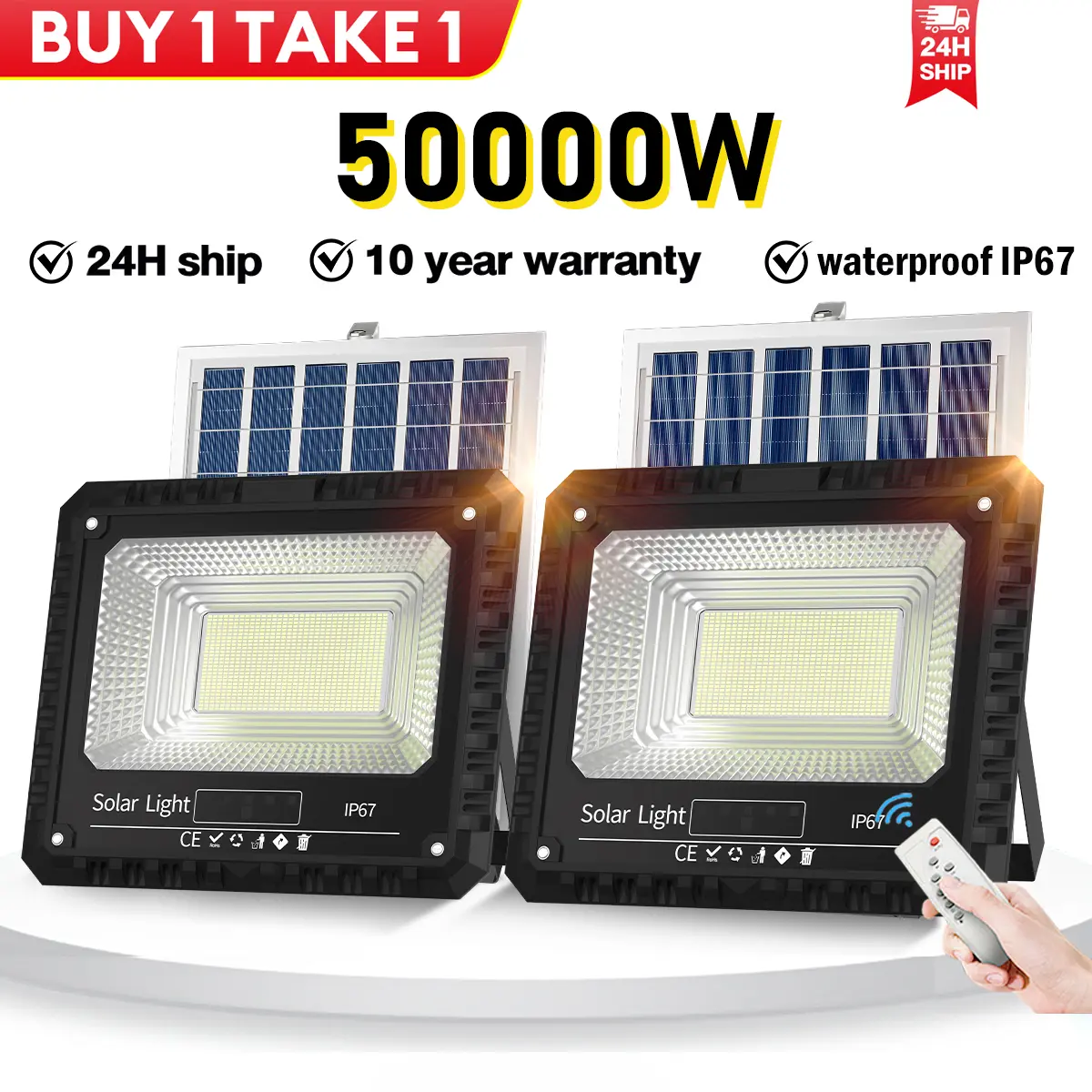Search
₱170.00 - 200.00
₱320.00 - 390.00Save up to 49%
Home garden waterproof wall lamp tungsten lamp courtyard villa atmosphere light outdoor solar street light automatic induction
Sold by SUPER LV
3.8(12)
136 sold
Select options
Select
Shipping
From ₱36.00
Est. delivery by Apr 18 - Apr 22
Specifications
Customer reviews (12)
T**🤫
Item: Single
Oks naman xa testing ko mmya

December 28, 2023

T**g
Item: Double
Beautiful

December 5, 2023

a**a
Item: Double
The two item received but the other one is not functional.
November 30, 2023

🦋**
Item: Double
Excellent Product.
October 31, 2023

y**a
Item: Double
♥️♥️♥️👍👍👍🇨🇳🇨🇳🇨🇳
October 6, 2023

J**o F** R**o
Item: Double
Super nice
November 26, 2023

a**a
Item: Single
Good item
November 30, 2023

b**2
Item: Double
Upon delivery po may tumutunog sa loob nung buksan ko matanggal yung battery kinabit ko at nilagyan ko ng electrical tape ayun umokay na
March 6, 2025

T**a C**e
Item: Double
yes
January 13, 2024

R**i 🇵**
Item: Double
Amg liit pala
November 6, 2023
g**d
Item: Double
May basag tapos hindi man umiilaw 😢
November 29, 2023

l**i
Item: Double
Not recommended
December 5, 2023

SUPER LV
180 items
Shop performance
Better than 86% of other shops
Ships within 2 days
91%
Responds within 24 hours
94%
About this product
- PS/ICC No.:D4564645
- Lighting Feature:Auto Shut-Off,Dimmable,Bulb Included
- Material:ABS+PC
- Smart Equipment:Smart
- Power(W):5W
- Lighting Type:Decking & Patio Lighting,Flood & Spot Lighting,Lanterns,Outdoor Tabletop Lighting,Outdoor Wall Lights
- Input Voltage(V):3.7V
- Warranty Type:Supplier Warranty
- Brand:sanapo
Product description







•Application fields: Solar light automatic induction is widely used in outdoor lighting, such as gardens, courtyards, street lights, parking lots, roads, billboards, etc., providing convenient and energy-saving lighting solutions.
•Energy saving and environmental protection: Solar lights use solar energy to charge, reducing dependence on traditional electricity and helping to reduce energy consumption and environmental pollution.
•Lighting modes: Solar lights usually have multiple lighting modes, such as constant light mode, induction mode and energy-saving mode. Users can select the appropriate mode according to their needs.
•Automatic on and off: Once the light drops below the threshold set by the sensor, the solar lights will automatically light up. When the light returns to sufficient brightness, the light will automatically turn off, thereby saving energy.
•Automatic sensing device: Solar lights are usually equipped with a light sensor (photoresistor or photodiode, etc.) to detect the light level of the surrounding environment. When the light drops to a certain level, the sensor triggers the solar light to turn on.
•Batteries store energy: Electricity generated by solar panels is stored in built-in batteries. These batteries are usually rechargeable and can store enough power for use at night or to provide power when light is low.
•Solar charging: Solar lights are usually equipped with solar panels that capture sunlight and convert it into electricity. These panels are typically installed in sunny locations to ensure adequate charging during the day.
Videos for this product
Explore more from SUPER LV
 4.714722sold₱56.00₱112.00
4.714722sold₱56.00₱112.00 4.525839sold₱25.00₱50.00
4.525839sold₱25.00₱50.00

4.7
17449sold
₱450.00
₱500.00


4.6
31025sold
₱899.00
₱2,460.00

4.3
47805sold
₱499.00
₱1,299.00

4.6
22531sold
₱845.00
₱2,999.00
No more products
Open TikTok


























![[ BUY1 TAKE1] Sale solar light outdoor waterproof solar flood light 3000W solar lights LED original 606 LED 180000mAh lamp room night light 100W 200W 00W promo street light bulb for courtyard automatic with remote control COD christmas](https://p16-oec-sg.ibyteimg.com/tos-alisg-i-aphluv4xwc-sg/3291259f5e134c5f869280edbc44507c~tplv-aphluv4xwc-crop-webp:800:800.webp?dr=15592&from=2378011839&idc=maliva&ps=933b5bde&shcp=e1be8f53&shp=8dbd94bf&t=555f072d)











